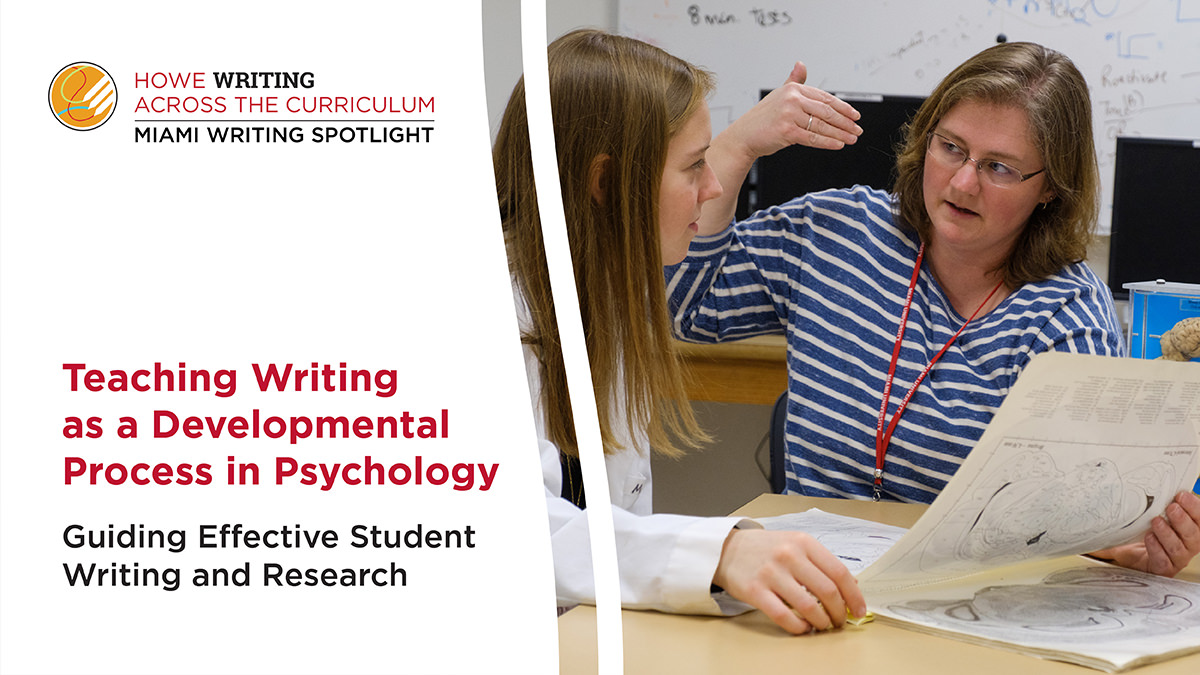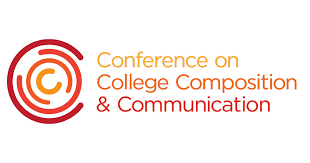Teaching Writing as a Developmental Process in Psychology
Redesigning PSY 294 to Forefront Process
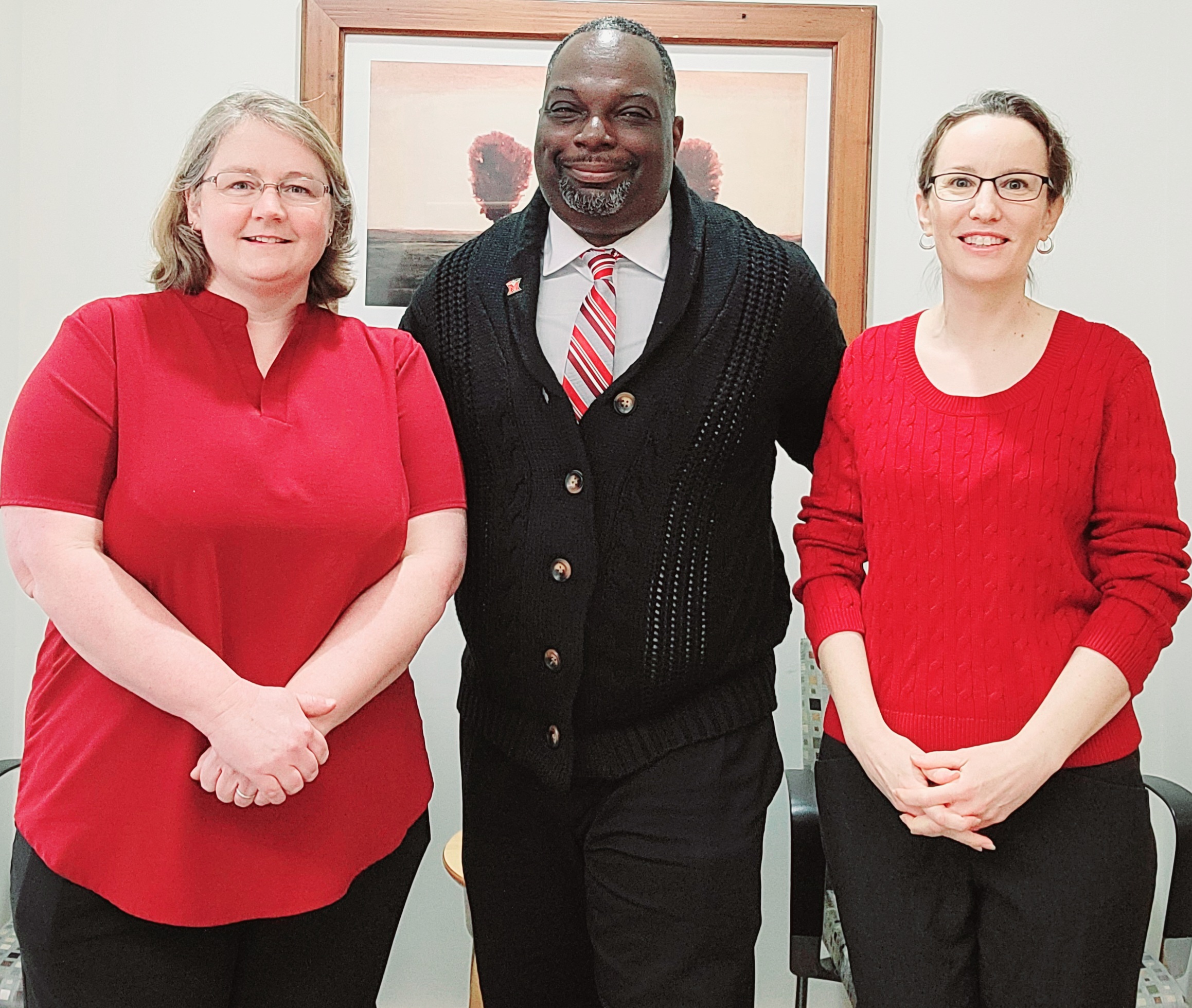 Jennifer Quinn (left), Jay Smart (center), and Carrie Hall (right)
Jennifer Quinn (left), Jay Smart (center), and Carrie Hall (right)Hall, Quinn, and Smart participated in the Fellows program in Fall 2019 and since then have redesigned and reimagined how they teach PSY 294. As the team explains, PSY 294 used to be a very “traditional” research methods course where students picked a topic immediately at the beginning of the semester and then spent the remaining time writing, which conflicts with how psychologists themselves write and conduct research.
“In [the Faculty Fellows program and other academic research contexts],” Hall reflects, “you spend a long time reading background information, developing your ideas, working in your team, and working things out before you ever start writing. In terms of timeframe, writing was the very last part for us. And our [PSY 294] classes used to be the opposite, which is completely inauthentic.”
Guided by a developmental understanding of how students learn to write, the psychologists now teach PSY 294 so that students spend a great deal of time learning about and researching topics before they commit to one and start writing—just like faculty do. The goal here is to forefront thinking and situate writing as (also) reading and learning. Students also write not alone but in teams, where they write and present a paper together as they create and stick to agreements throughout the semester.
Throughout the course, students are assessed and guided by what Hall, Quinn, and Smart call a “state-of-the-draft” rubric, which differentiates between an early, middle, and late draft and points students toward the next steps based on where the current draft is, placing the emphasis not on the final product but on the progress students made to get there. Part of this rubric’s intention is to also place explicit value on the process of students working together in teams.
I think [the rubric] made concrete to students that I care not just about the paper at the end but I also care about the fact that they were able to work together,” Smart says. He formally uses the rubric in class, while Hall and Quinn use it more informally working from the principles in their class periods and interactions with students. Regardless of the level of formality, students benefit from such a model. “It really takes the stress off the students because they're putting in their best effort, there's six of them in a group, and they're really trying,” Hall affirms. “If they're on the wrong path, [this state-of-the-draft model] lets them get back on the right path without being penalized in a way that increases their stress and stops them from enjoying this process.”
For each of the psychologists, creating space where students are assessed where they are and not on a polished but less content-rich end point is an essential part of teaching PSY 294, and of teaching students how to write together in teams and engage with psychological research.
Authentic, Enjoyable Research Writing
Research in psychology—as in many disciplines—is inherently collaborative where multiple team members work, write, and learn together. In undergraduate (or graduate) research courses, team writing can be beneficial for both students and instructors. After teaching PSY 294 in numerous modalities (completely online, completely in-person, and as an online sprint course) using this new process-based approach, the psychology team has seen notable benefits.
“Teams are more constant and tend to be maintained longer, typically for a full semester,” Quinn explains. Teams are more organized than groups, and encourage students to work together to solve complex problems. Working together in teams also reinforces the core notion that learning (like writing) is social, where we learn with and from one another.
Indeed, a core principle from which the HCWE operates is that we all have more to learn as writers and that learning to write requires time, practice, and feedback; a process-focused team writing approach enacts this principle.
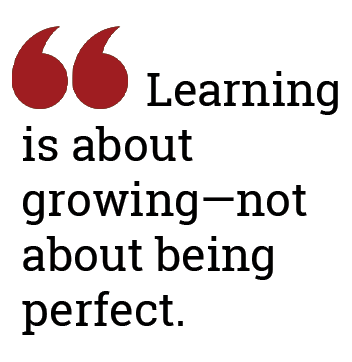
Regarding students’ experiences in this version of PSY 294: “They are much happier,” Hall affirms. “They feel the authenticity of the process, and I think their stress is much lower because, again with the ‘state-of-the-draft’ method, it’s not ‘all or nothing’ when they turn things in. They don’t have to have that anxiety.”
Learning is about growing—not about being perfect. The process-based model of writing instruction featured in this story assesses students not on an "ideal” or perfect” product but on where they are in their own learning process. Such assessment makes learning more enjoyable for students and leads to greater levels of confidence, too.
Toward Teaching Process-Focused Team Writing
While the approach that Hall, Smart, and Quinn take to teaching team writing is innovative and generative for students and faculty alike, the psychologists recognize that it can be difficult for other faculty to adopt.
“It’s important to be comfortable not being able to control in the sense that you’re giving [students] more autonomy,” Smart explains. When students are divided into teams and work together throughout the semester, some of the structured class time becomes team work time. While instructors set check-in points throughout the semester, the team has to complete their own work—which is different from a traditional instructor-led classroom.
Team writing is also a challenge for larger courses. PSY 294 has a smaller course cap, with the faculty members teaching 24 students or up to 48 with lab instructors. As Hall explains, “Part of the reason why this works for us is because team writing is a tight writing mentorship relationship between the teams and the professor and that can only happen with smaller class sizes.”
Hall identifies a central tension in the academy: class sizes can grow even as research about writing shows that postsecondary writing is best taught in courses with no more than 20 students enrolled (see “Principles for the Postsecondary Teaching of Writing”). Since writing enacts values, conventions, and identities within academic disciplines, writing instruction within disciplinary contexts should be valued, and instructors of those courses need time and space to develop mentoring relationships with students.
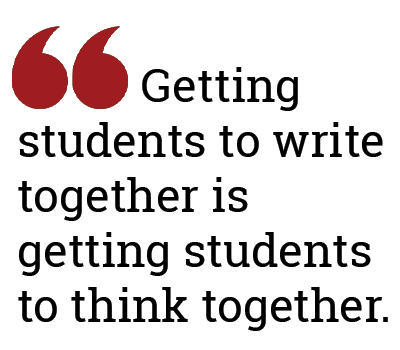
Teaching writing for learning with teams, as this team of Psychologists has done, can be an effective way to not only teach disciplinary ways of writing and thinking, but also to help students gain confidence in themselves as writers—and have a little fun. As Quinn puts it, "getting students to write together is getting students to think together;" writing is thinking.
If you’d like to learn more about how to teach team writing in your own courses, check out the HCWE teaching resource “Facilitate Effective Group & Team Work,” reach out to Hall, Quinn, or Smart, and keep an eye out for the team’s chapter on team writing in the HWAC’s staff forthcoming book Changing Conceptions, Changing Practices: Innovating Teaching Across Disciplines, due out in September.
Howe Writing Across the Curriculum Programs
The mission of the Howe Writing Across the Curriculum Programs is to ensure that all Miami faculty and graduate teaching assistants can effectively include writing as a means to support learning in their courses and programs.
